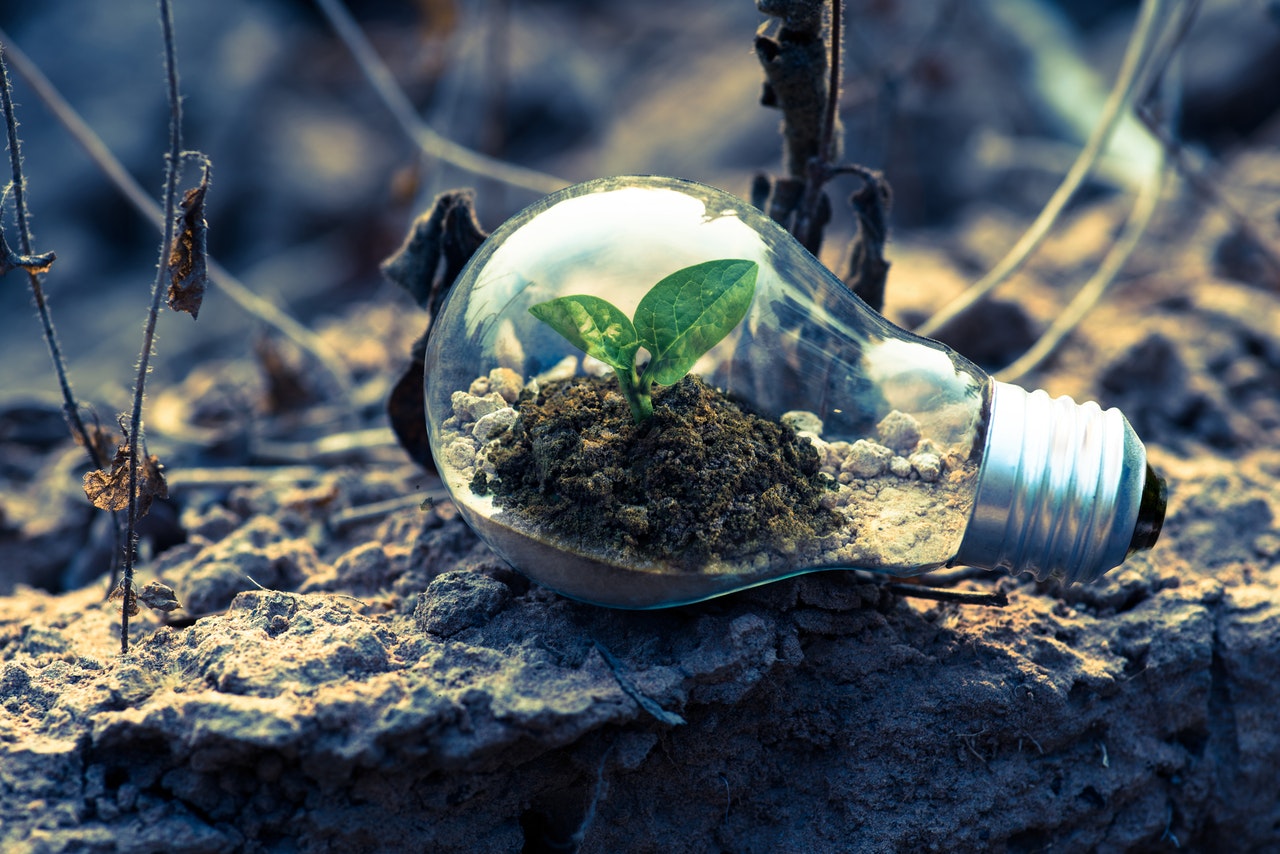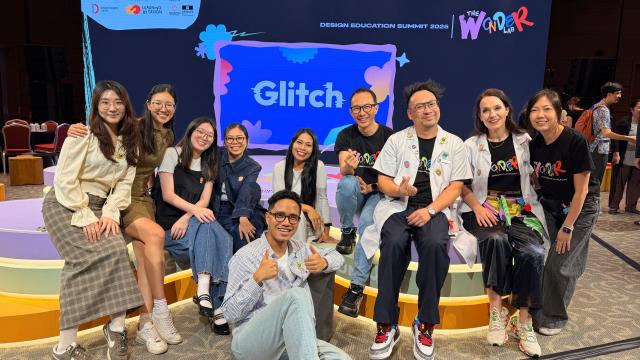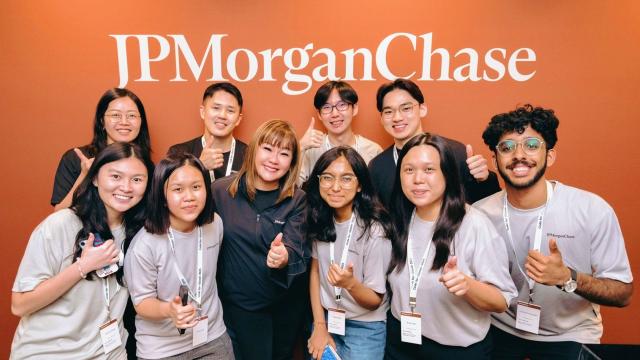Education plays an important role in nurturing the young to strive and solve the world’s pressing environmental issues.
A mean temperature increase of just 1.5°C to 2.5°C could affect Singapore’s natural diversity of plants and animals, and risk alteration to our ecosystem’s natural processes such as soil formation, nutrient storage and pollution absorption. Factors that contribute to pollution and climate change include global waste and carbon emission. To manage global warming, a concerted effort is required by consumers, industry and policy makers.
SIT takes a look at industry trends, as well as how some of our programmes have been equipping our students with the skills and knowledge to contribute to a greener environment.

Giving Food Waste a New Lease of Life
As the global population grows, the increase in food demand brings with it the need for innovative food technology solutions to maintain the sustainability of food production. One solution that the food industry is adopting is food waste valorisation, a process of turning food waste into valuable products. An industry example is leading soya bean retailer Mr Bean, which has added soy pulps into its Soy Granola Bar for an additional source of fibre and protein.
“While the industry still has some way to go to widely implement food waste valorisation due to various challenges, we encourage our students to incorporate the process into their product development works as part of their learning. This innovative process could be key in handling food waste reduction in the near future,” said Assistant Professor Jorry Dharmawan, Food Technology programme, SIT.
Energy Management for Green Buildings
The excessive use of air conditioning today has increased Singapore’s energy demands, resulting in massive urban heat release and higher domestic carbon emissions. To combat this, sustainability engineers, energy and facility managers play an important role in the planning, maintenance and adoption of sustainable, energy-efficiency solutions for green buildings.
“To nurture a generation of engineers who are conscientious in reducing energy consumption, we train our students to constantly put their knowledge in energy assessment into practice, and apply their skills to propose architecture designs that incorporate hybrid ventilation. By utilising Internet of Things devices and a building management system platform, students are trained to monitor and ensure that lighting and thermal comfort are met for the occupants. Our students also embark on projects linked to energy efficiency using sustainable materials and modelling tools. They are trained to analyse physical and geographical constraints and propose cost-effective and sustainable solutions,” said Associate Professor Soh Chew Beng, Sustainable Infrastructure Engineering (Building Services) programme, SIT.
Prescriptive Design for a Greener World
Industries such as construction, health and food services tend to generate more waste than others. In a constant effort to reduce wastage and ineffective use of materials, SITizens at The Glasgow School of Art Singapore, an overseas university partner of SIT, have been trained to be prescriptive rather than descriptive in their designs. Central to their applied learning pedagogy is the adoption of design thinking methods and working with different disciplines to offer user-centric solutions to reduce carbon footprint.
“Designers need to be more aware and adventurous of new design processes and techniques that can spark sustainable consumption behaviours and new business models,” urged Associate Professor Agnes Xue, Programme Director of the Interior Design and Communications Design programmes. A/Prof Xue explained that design thinking encourages constant recalibration of design processes and techniques.
“By adopting a human-centred approach and mindset, we can creatively and collaboratively offer sustainable solutions. We don’t need everyone to be a designer, but everyone can be a design thinker to start re-assessing and re-designing processes for a better environment,” she added.















![[FA] SIT One SITizen Alumni Initiative_Web banner_1244px x 688px.jpg](/sites/default/files/2024-12/%5BFA%5D%20%20SIT%20One%20SITizen%20Alumni%20Initiative_Web%20banner_1244px%20x%20688px.jpg)


